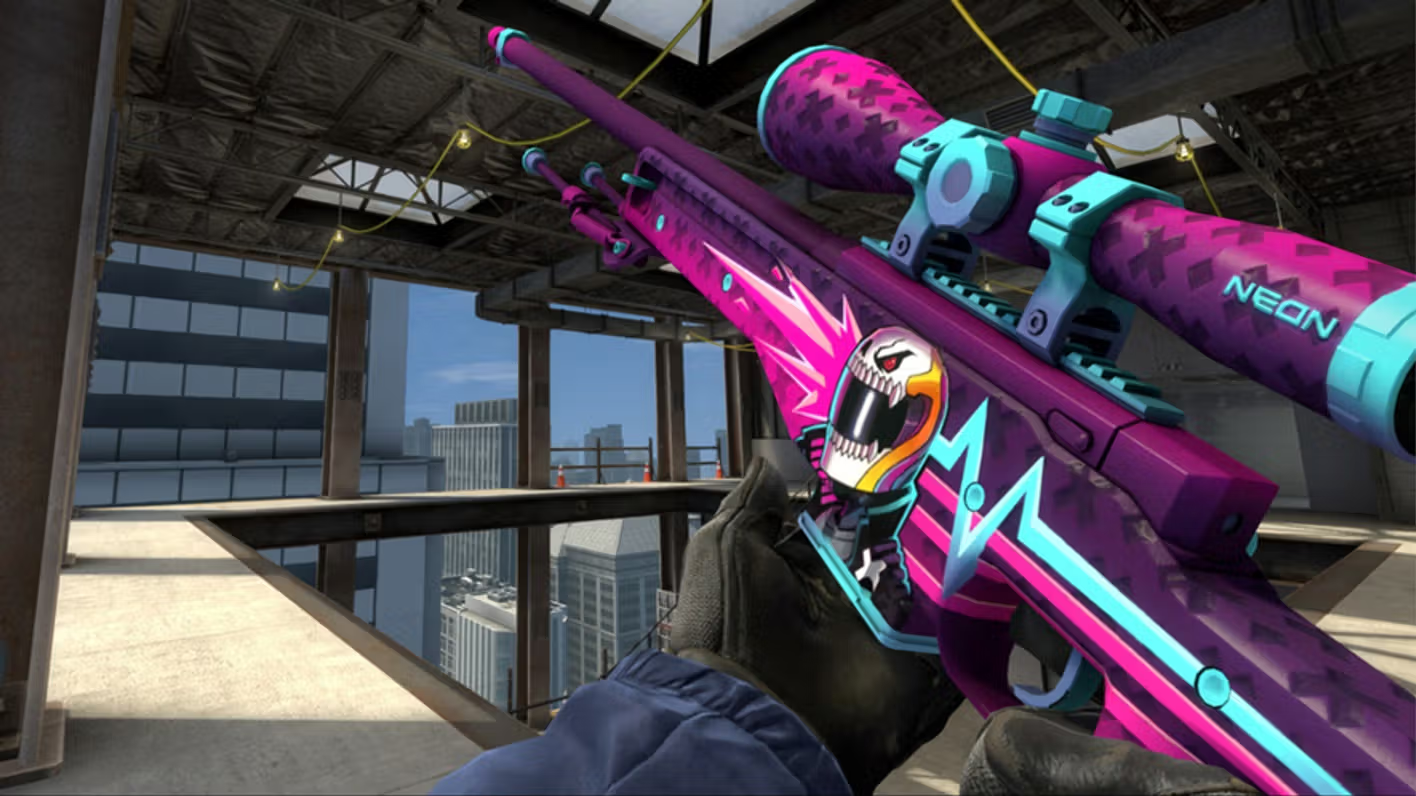Big Boss M5 Insights
Your source for the latest news and tips on technology and innovation.
Beyond the Pixels: How CS2 Skins Are Changing Gaming Culture
Discover how CS2 skins are transforming gaming culture and the community behind them. Dive into the vibrant world beyond the pixels!
The Rise of CS2 Skins: A Deep Dive into Their Impact on Gaming Culture
The rise of CS2 skins has transformed the landscape of gaming culture in profound ways. Initially introduced in Counter-Strike, these customizable cosmetic items allow players to personalize their in-game weapons, fostering a sense of identity and creativity. With the advent of CS2 skins, the economic dynamics of the gaming community have shifted significantly, as players are now willing to invest real money into virtual aesthetics. This trend has not only enhanced the gaming experience but has also led to the creation of a robust marketplace, where rare skins can fetch thousands of dollars, reflecting the rich subculture surrounding their collection and trading.
The impact of CS2 skins extends beyond personal expression; it has also influenced social interactions among players. Many gamers participate in skin gambling and trading platforms, which add an entirely new layer to the gaming experience. Furthermore, the evolution of CS2 skins has ignited discussions about monetization strategies in gaming, raising questions about fairness and accessibility. As a result, the significance of CS2 skins is not merely limited to aesthetics; they represent a shift in how digital ownership is perceived and valued within the gaming culture, driving community engagement and debate.

Counter-Strike, a popular tactical first-person shooter, has captivated gamers since its inception. The latest installment, Counter-Strike 2, introduces various new features and enhancements, including a range of visually stunning CS2 Weapon Skins that players can collect and showcase in their matches. This enduring franchise fosters intense competition and teamwork, making it a staple in the esports community.
How CS2 Skins Are Shaping Player Identity and Community Engagement
In the dynamic world of Counter-Strike 2, CS2 skins have evolved beyond mere aesthetic enhancements; they are now integral to player identity. These skins allow players to express their individuality and personal style within the game. Whether it’s a rare knife skin or a vibrant weapon finish, players invest time and resources to curate their in-game appearance, showcasing their achievements and preferences. As such, the community engagement surrounding CS2 skins has surged, with players sharing their collections and trading rare items to enhance their identities further.
The significance of CS2 skins extends to community interactions, where players create forums and social media groups dedicated to discussing and showcasing their skins. This has fostered a sense of belonging among players, encouraging collaboration and engagement with one another. Events like skin showcases and competitions amplify this engagement, illustrating just how deeply intertwined player identity is with the cosmetic elements of the game. As the market for these digital items continues to grow, the role of skins in shaping community dynamics will only become more pronounced.
Are CS2 Skins the Future of Personal Expression in Gaming?
The rise of CS2 skins has revolutionized the way players express their individuality within the gaming community. Unlike traditional gameplay elements, skins offer a visual representation of a player's personality, creativity, and style. With a plethora of unique designs available, each skin becomes a canvas for self-expression, allowing gamers to showcase their personal aesthetics. As players invest in rare and extravagant skins, they not only enhance their visual experience but also make a statement to others about their identity in the virtual world.
Moreover, the popularity of CS2 skins reflects a broader trend in gaming where customization is key. Players today are seeking more than just entertainment; they desire ways to personalize their gaming experience. According to recent surveys, over 70% of gamers feel that customizable items like skins significantly enhance their enjoyment. As the gaming industry continues to innovate, the future of personal expression through skins looks promising, suggesting that these digital assets may evolve into a dominant form of identity representation across various gaming platforms.